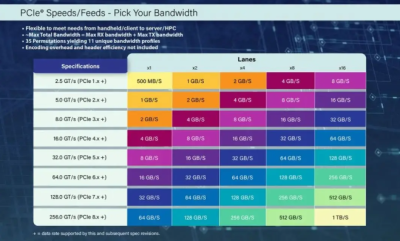TNPV e3
Vishay Draloric
www.vishay.com
High Voltage Thin Film Flat Chip Resistors
FEATURES
• High operating voltage Umax. up to 1000 V
• Low voltage coefficient < 1 ppm/V
• Excellent overall stability at different
environmental conditions ≤ 0.05 %
(1000 h rated power at 70 °C)
• Superior moisture resistivity (85 °C; 85 % RH)
• AEC-Q200 qualified
• Sulfur resistance verified according to ASTM B 809
• Material categorization: for definitions of compliance
please see www.vishay.com/doc?99912
TNPV e3 precision thin film flat chip resistors are the perfect
choice for most fields of modern electronics where the
highest reliability and stability at high operating voltages are
of major concern. Typical applications include industrial and
automotive inverters, voltage measurement systems as
implemented in battery management systems, and test and
measuring equipment.
APPLICATIONS
• Industrial and automotive inverters
• Battery management system
• Test and measuring equipment
TECHNICAL SPECIFICATIONS
DESCRIPTION
TNPV0805 e3
TNPV1206 e3
1206
TNPV1210 e3
1210 (1)
Imperial size
0805
Metric size code
RR2012M
RR3216M
RR3225M (1)
Resistance range
Resistance tolerance
Temperature coefficient
Voltage coefficient |c|
180 kΩ to 1 MΩ
160 kΩ to 2 MΩ
1 %; 0.5 %; 0.1 %
121 kΩ to 3.01 MΩ
50 ppm/K; 25 ppm/K; 15 ppm/K; 10 ppm/K
< 1 ppm/V
0.25 W
(2)
Rated dissipation, P70
0.20 W
450 V
0.33 W
1000 V
Maximum operating voltage, Umax. ACRMS or DC (3)
700 V
(2)
Permissible film temperature, ϑF max.
155 °C
Operating temperature range
Internal thermal resistance (2)
Failure rate: FITobserved
-55 °C to 125 °C (155 °C)
38 K/W
32 K/W
≤ 0.1 x 10-9/h
tbd
Notes
(1)
(2)
(3)
Size not specified in EN 140401-801
Please refer to APPLICATION INFORMATION below
Application-specific safety requirements may set limitations to the applicability of the specified voltage
APPLICATION INFORMATION
The power dissipation on the resistor generates a temperature rise against the local ambient, depending on the heat flow
support of the printed circuit board (thermal resistance). The rated dissipation applies only if the permitted film temperature is
not exceeded. Furthermore, a high level of ambient temperature or of power dissipation may raise the temperature of the solder
joint, hence special solder alloys or board materials may be required to maintain the reliability of the assembly.
Please consider the application note “Thermal Management in Surface-Mounted Resistor Applications”
(www.vishay.com/doc?28844) for information on the general nature of thermal resistance.
These resistors do not feature a lifetime limitation when operated within the limits of rated dissipation, permissible operating
voltage, and permissible film temperature. However, the resistance typically increases due to the resistor's film temperature
over operating time, generally known as drift. The drift may exceed the stability requirements of an individual application circuit
and thereby limits the functional lifetime. The designer may estimate the performance of the particular resistor application or set
certain load and temperature limits in order to maintain a desired stability.
Revision: 02-Dec-2021
Document Number: 28881
1
For technical questions, contact: thinfilmchip@vishay.com
THIS DOCUMENT IS SUBJECT TO CHANGE WITHOUT NOTICE. THE PRODUCTS DESCRIBED HEREIN AND THIS DOCUMENT
ARE SUBJECT TO SPECIFIC DISCLAIMERS, SET FORTH AT www.vishay.com/doc?91000










 PCIe 8.0规范草案获里程碑进展:256GT/s速率开启1TB/s带宽时代
PCIe 8.0规范草案获里程碑进展:256GT/s速率开启1TB/s带宽时代

 寒武纪紧急辟谣背后:AI芯片龙头的真实现状与投资陷阱
寒武纪紧急辟谣背后:AI芯片龙头的真实现状与投资陷阱

 英伟达50亿入股英特尔:芯片巨头联手剑指AMD,行业格局生变
英伟达50亿入股英特尔:芯片巨头联手剑指AMD,行业格局生变

 闪迪预警:NAND闪存供应短缺将持续至2026年
闪迪预警:NAND闪存供应短缺将持续至2026年
